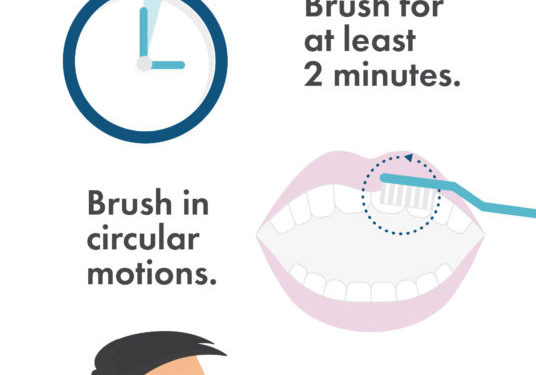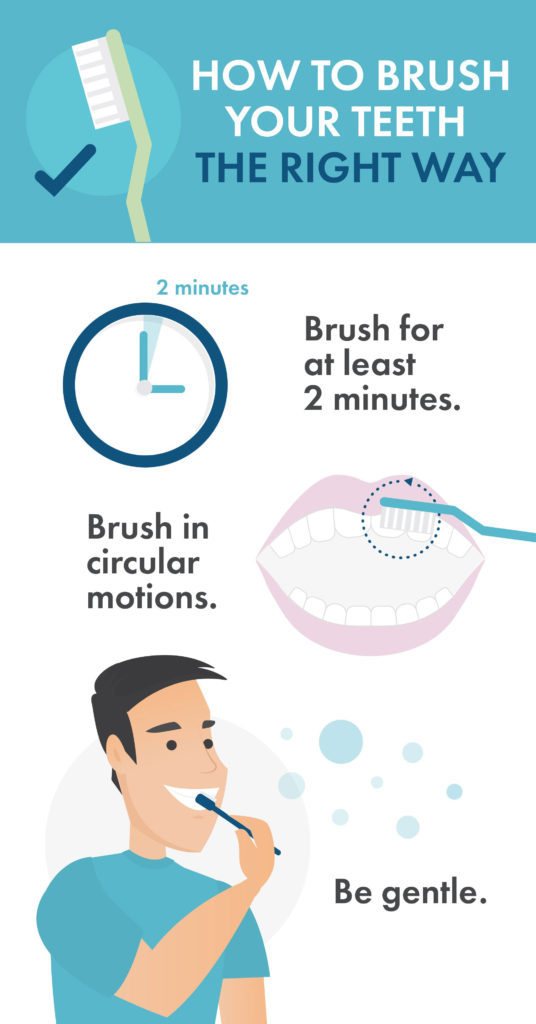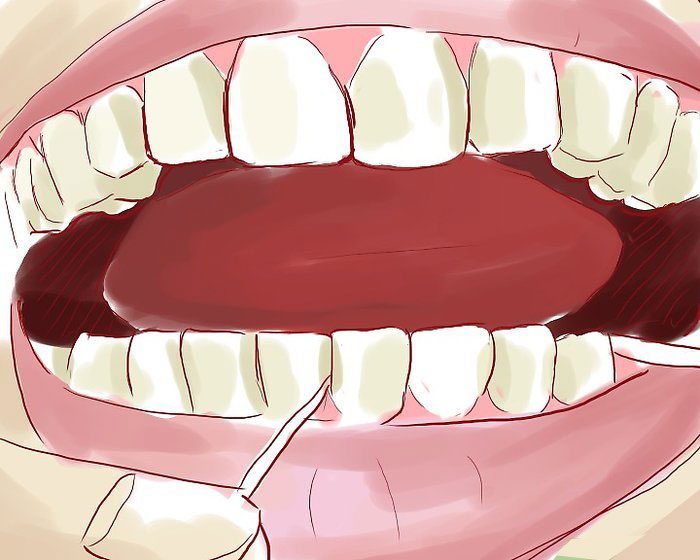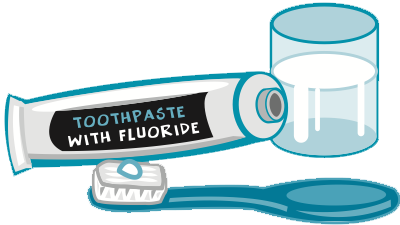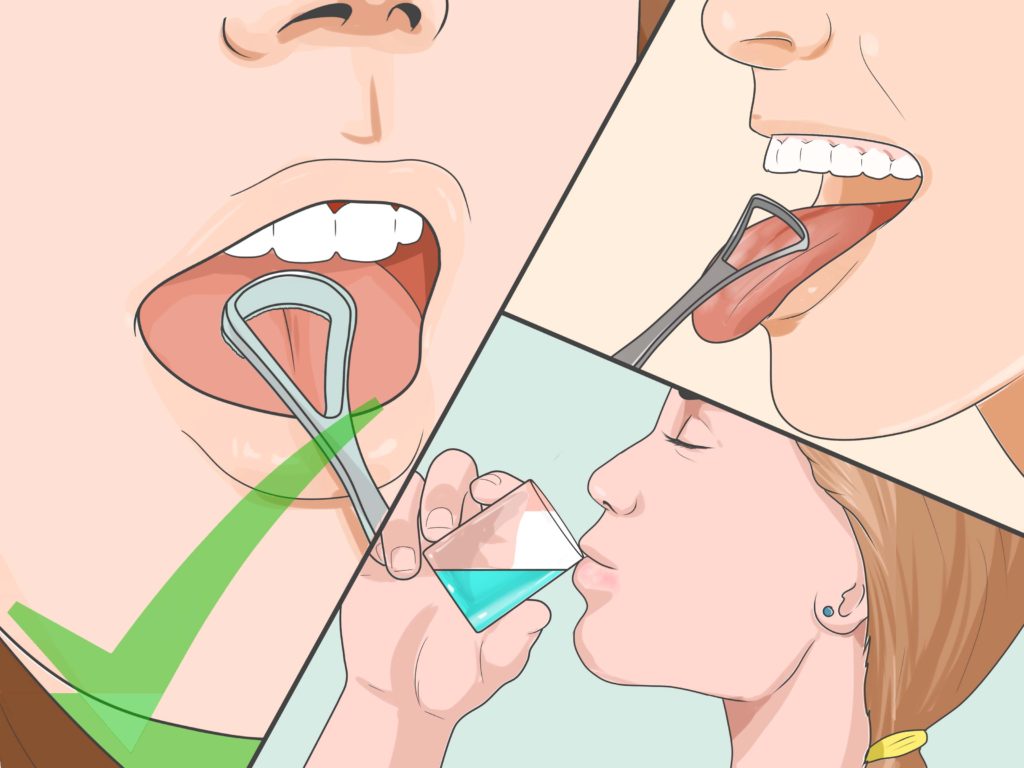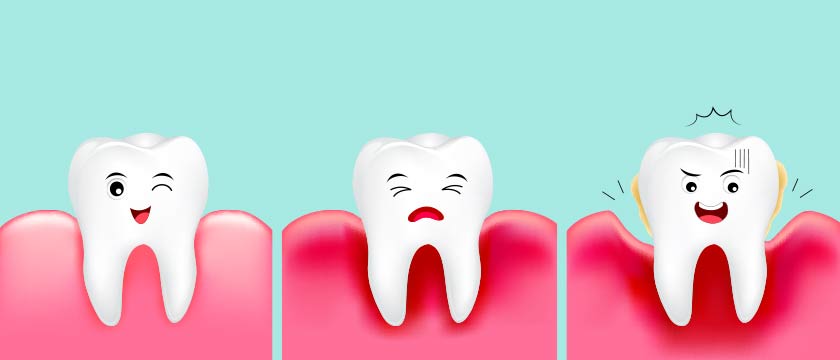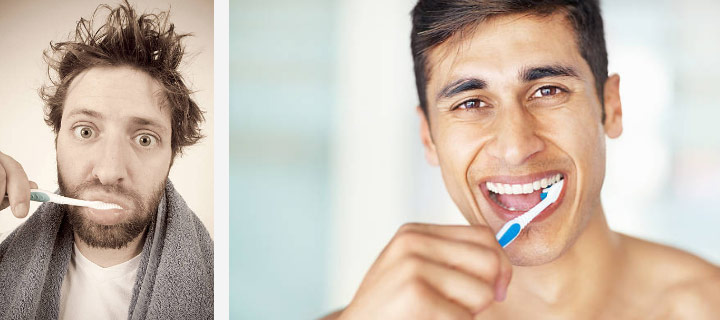How Does Smoking Lead to Gum Disease?
Smoking and other tobacco products can lead to gum disease by affecting the attachment of bone and soft tissue to your teeth. More specifically, it appears that smoking interferes with the normal function of gum tissue cells. This interference makes smokers more susceptible to infections, such as periodontal disease, and also seems to impair blood flow to the gums – which may affect wound healing.
Do Pipe and Cigar Smoking Cause Dental Problems?
Yes, like cigarettes, pipes and cigars do lead to oral health problems. According to results of a 23-year long study published in the Journalof the American Dental Association, cigar smokers experience tooth loss and alveolar bone loss (bone loss within the jawbone that anchors teeth) at rates equivalent to those of cigarette smokers. Pipe smokers also have a similar risk of tooth loss as cigarette smokers. Beyond these risks, pipe and cigar smokers are still at risk for oral and pharyngeal (throat) cancers — even if they don’t inhale — and other oral consequences — bad breath, stained teeth, and increased risk of periodontal (gum) disease.
Are Smokeless Tobacco Products Safer?
No. Like cigars and cigarettes, smokeless tobacco products (for example, snuff and chewing tobacco) contain at least 28 chemicals that have been shown to increase the risk of oral cancer and cancer of the throat and esophagus. In fact, chewing tobacco contains higher levels of nicotine than cigarettes, making it harder to quit than cigarettes. And one can of snuff delivers more nicotine than over 60 cigarettes.
Smokeless tobacco can irritate your gum tissue, causing it to recede or pull away from your teeth. Once the gum tissue recedes, your teeth roots become exposed, creating an increased risk of tooth decay. Exposed roots are also more sensitive to hot and cold or other irritants, making eating and drinking uncomfortable.
In addition, sugars, which are often added to enhance the flavor of smokeless tobacco, can increase your risk for tooth decay. A study published in the Journal of the American Dental Association showed that chewing tobacco users were four times more likely than nonusers to develop tooth decay.
Smokeless tobacco also typically contains sand and grit, which can wear down your teeth.
Kick the Tobacco Habit
Regardless of how long you have used tobacco products, quitting now can greatly reduce serious risks to your health. Eleven years after quitting, former smokers’ likelihood of having periodontal (gum) disease was not significantly different from people who never smoked.
Even reducing the amount you smoke appears to help. One study found that smokers who reduced their smoking habit to less than half a pack a day had only three times the risk of developing gum disease compared with nonsmokers, which was significantly lower than the six times higher risk seen in those who smoked more than a pack and a half per day. Another study published in the Journal of the AmericanDental Association found that the mouth lesion leukoplakia completely resolved within 6 weeks of quitting in 97.5% of patients who used smokeless tobacco products.
Some statistics from the American Cancer Society present some other sobering reasons to quit smoking. They state that:
- About 90% of people with cancer of the mouth, lips, tongue, and throat use tobacco, and the risk of developing these cancers increases with the amount smoked or chewed and the duration of the habit. Smokers are six times more likely than nonsmokers to develop these cancers.
- About 37% of patients who persist in smoking after apparent cure of their cancer will develop second cancers of the mouth, lips, tongue, and throat, compared with only 6% of those who stop smoking.
How Can I Quit Tobacco?
To stop using tobacco, your dentist or doctor may be able to help you calm nicotine cravings with medications, such as nicotine gum and patches. Some of these products can be purchased over the counter; others require a prescription. Other medications require a prescription.
Smoking cessation classes and support groups are often used in tandem with drug therapy. These programs are offered through local hospitals in your community and sometimes through your employer or health insurance company. Ask your doctor or dentist for information on similar programs they may be familiar with.
Herbal remedies, as well as hypnosis and acupuncture, are other treatments that may help you kick the habit.





